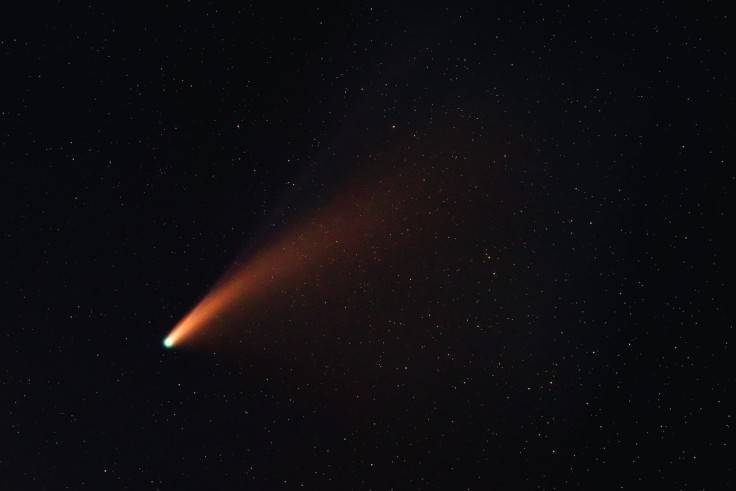
Amateur astronomers are in for a treat this Monday, November 29, as an asteroid just slightly larger than an American football field will be flying close to Earth's atmosphere, allowing them to see it through their telescopes.
The asteroid, which is dubbed 1994 WR12, has a dimension of 430 foot or 210 meters.
1994 WR12 was discovered by astronomer Carolyn S. Shoemaker on November 28, 1994, thanks to the Palomar Observatory.
How to See Asteroid 1994 WR12 Flyby
For those who want to catch a glimpse of the asteroid 1994 WR12, it is expected to fly close to Earth's atmosphere at around 4:30 PM to 5:00 PM in California, as per CBS Sacramento, so if you are from the area, you can take out your home telescope and point it towards the sky for a chance to see the NEO, or a Near Earth Object.
Although it will not be a dangerous flyby, it will have a closest Earth approach at 3,820,000 miles from our planet's surface.
What if it Hits Earth?
During these moments, many would ask, will it hit Earth?
According to experts from NASA, there is no need to worry as the asteroid 1994 WR12 would be safely passing by us.
In fact, the asteroid was once classified by the Jet Propulsion Laboratory's (JPL) Center for NEO Studies (CNEOS) as an Earth Impact Risk, meaning it is one of the asteroids that they are monitoring for a possible collision course with our planet.
However, in 2016, the asteroid was removed from the Sentry List following observations.
But in the event it does hit Earth, which, again, is not something that will happen today or in the foreseeable future, NASA experts believe that the impact 1994 WR12 would cause would produce an energy that is equivalent to 77 megatons of TNT.
In perspective, it would be 112 times more powerful than the Tsar Bomba, which is the biggest nuclear weapon to be ever detonated.
Upcoming Flybys
For those who are curious, there are more asteroid flybys in the coming days aside from 1994 WR12.
According to NASA JPL, there are four more asteroids flying by near Earth's atmosphere in the coming days, and while they are not as close to our planet or as big as 1994 WR12, they could be worth expecting.
Here are the upcoming asteroids and dates when they will be flying close by us:
2021 WK1, approximately 64 feet (20 meters) with a closest approach at 652,000 miles on November 30.
2021 WJ1, approximately 41 feet (12 meters), with a closest approach at 1,080,000 miles on November 30.
2021 WH2, approximately 29 feet (9 meters), with a closest approach at 1,480,000 miles on November 30.
2021 WR, approximately 92 feet (28 meters), with a closest approach at 1,610,000 miles on December 1.
Scientists believe that one of the asteroids they are monitoring would likely hit Earth, but that won't happen for hundreds of years, so it wouldn't happen in this lifetime, and by then, NASA's DART spacecraft might become an affective tool to help avoid collision.









